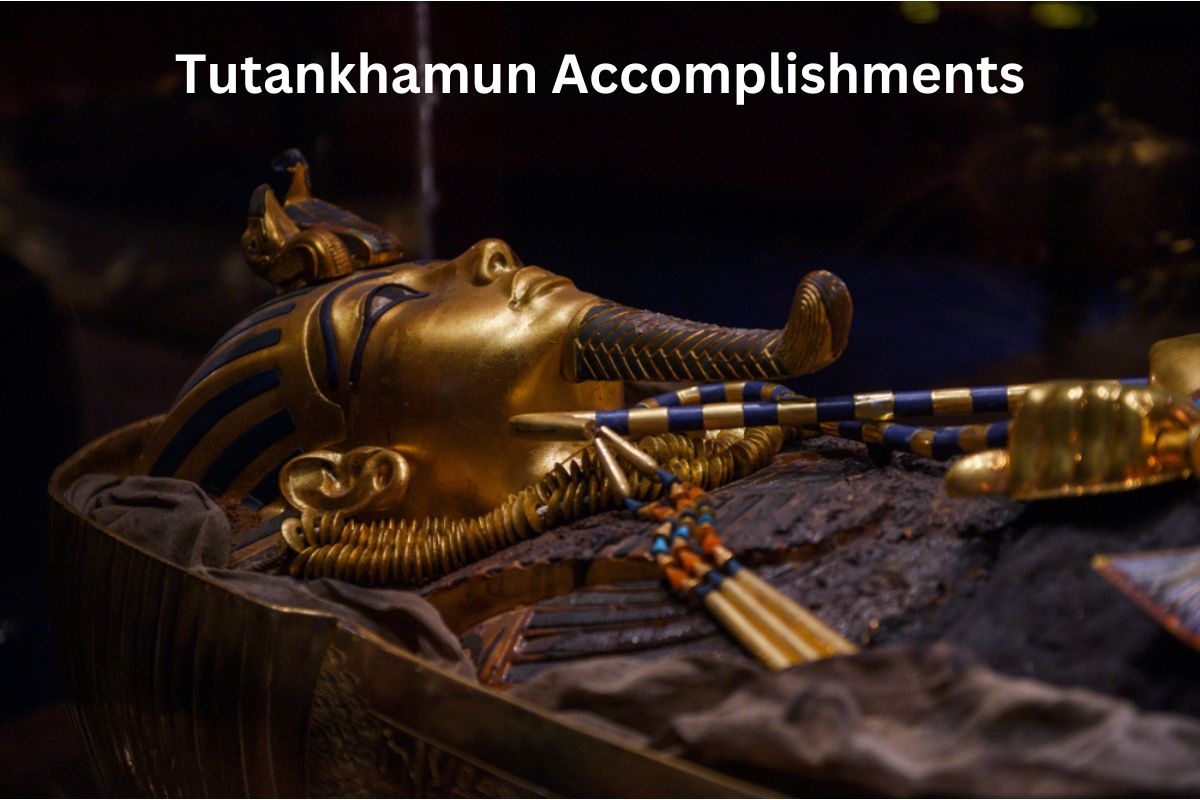Tutankhamun, also known as Tutankhaten, was an ancient Egyptian pharaoh who ruled during the 18th Dynasty of the New Kingdom period. He was born around 1341 BCE, likely in the city of Akhetaten (Amarna), as the son of Pharaoh Akhenaten and his queen, Kiya.
Tutankhamun’s career as pharaoh involved religious reforms, capital relocation, infrastructure development, trade promotion, and the construction of his famous tomb, which was later discovered by Howard Carter. His reign had a significant impact on ancient Egypt’s religious, political, and cultural landscape.
Accomplishments of Tutankhamun
1. Restored traditional religious practices
Tutankhamun played a significant role in restoring the religious order in ancient Egypt. His predecessor, Akhenaten, had implemented radical religious reforms, promoting the worship of the sun disk, Aten, as the supreme deity and diminishing the influence of other gods.
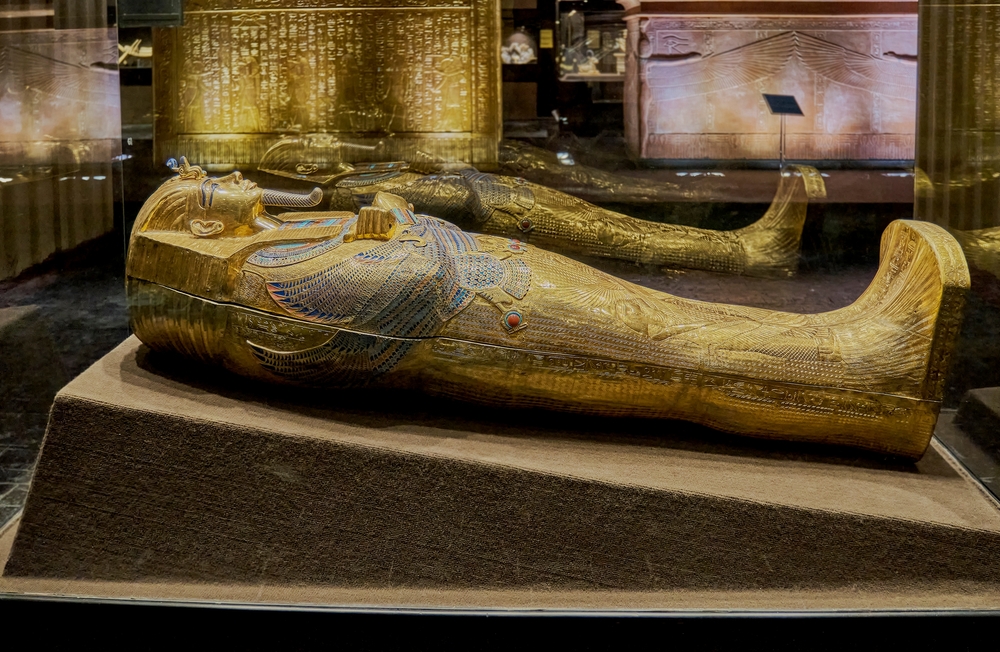
Tutankhamun, upon ascending the throne, reversed these reforms and reinstated the traditional polytheistic worship of the Egyptian pantheon, with a particular emphasis on the god Amun.
Also Read: Facts About Tutankhamun
He restored the authority and importance of the priests and temples dedicated to the traditional gods, effectively reviving the religious practices that had been abandoned during the Amarna period.
2. Moved the capital back to Thebes
During the reign of Akhenaten, the capital of Egypt was moved from Thebes to a newly established city called Akhetaten (Amarna). This relocation was part of Akhenaten’s religious and political reforms.
Also Read: King Tut Timeline
However, Tutankhamun, recognizing the significance of Thebes as the historical and cultural center of Egypt, decided to move the capital back. By relocating the capital, Tutankhamun aimed to consolidate power and reinforce the prominence of Thebes as the political and religious hub of the kingdom.
3. Initiated temple construction and restoration
Tutankhamun undertook various projects to construct and restore temples throughout Egypt. These temples were essential centers of religious worship and cultural activity.
Tutankhamun’s reign witnessed the revitalization of temple construction, particularly in Thebes, where many structures had fallen into disrepair during the Amarna period.
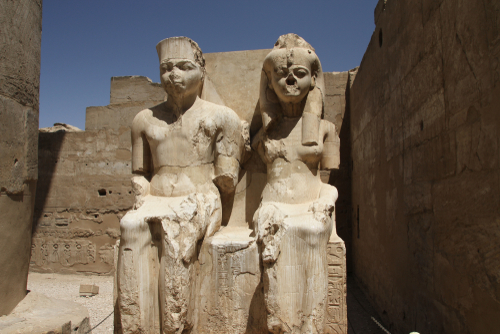
He initiated the restoration of prominent temples, such as the Karnak Temple complex, dedicated to the god Amun, and the Luxor Temple.
By undertaking these projects, Tutankhamun aimed to reaffirm the importance of temple worship and ensure the preservation of sacred spaces for future generations.
4. Improved infrastructure, including canals, buildings, and roads
Tutankhamun recognized the importance of infrastructure in maintaining a prosperous and well-connected kingdom.
During his reign, he prioritized the repair and construction of canals, buildings, and roads throughout Egypt. The canals played a vital role in facilitating irrigation and improving agricultural productivity.
Tutankhamun also oversaw the construction of buildings, including administrative structures and palaces, to strengthen the governance and infrastructure of the kingdom.
Additionally, he invested in the development of roads, enabling smoother transportation and communication between different regions of Egypt.
5. Promoted economic stability through trade
Tutankhamun inherited a kingdom that had faced economic challenges during the Amarna period. He worked diligently to restore Egypt’s economic stability.
Tutankhamun revitalized trade networks that had suffered during the previous reign and reestablished connections with neighboring regions. He particularly focused on trade with Nubia, known for its gold mines, and the Levant, a region rich in valuable resources.
By fostering trade, Tutankhamun aimed to boost Egypt’s prosperity, replenish its wealth, and strengthen its economic standing among other civilizations.
6. Constructed his famous tomb, KV62
Tutankhamun’s most famous accomplishment is undoubtedly the construction of his tomb, known as KV62, in the Valley of the Kings. Tutankhamun’s tomb was discovered nearly intact by archaeologist Howard Carter in 1922, making it one of the most significant archaeological finds in history.
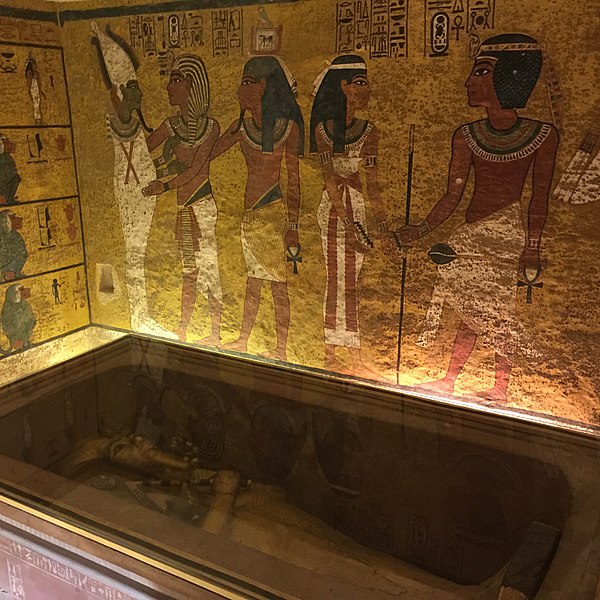
The tomb contained a vast array of treasures, including furniture, jewelry, statues, chariots, and other burial goods. Tutankhamun’s tomb provided valuable insights into ancient Egyptian funerary practices, art, and the wealth of the pharaohs.
Its discovery and subsequent worldwide attention sparked a renewed interest in Egyptology and ancient Egyptian culture, solidifying Tutankhamun’s place in history.
7. Revived traditional art and craftsmanship
Tutankhamun played a significant role in the revival of traditional artistic styles and craftsmanship that had been abandoned during the Amarna period.
Under his patronage, artists focused on producing exquisite works of art, including statues, reliefs, jewelry, and other decorative items. These artworks reflected the mastery of ancient Egyptian artistic techniques, such as detailed carving, intricate jewelry designs, and vibrant colors.
Tutankhamun’s reign witnessed a resurgence of traditional artistic motifs, including depictions of gods and pharaohs, emphasizing the connection between the earthly and divine realms.
8. Led a military campaign in Nubia
Although Tutankhamun’s military achievements were limited, there is evidence to suggest that he led a military campaign against rebellious Nubian tribes. Egypt’s control over Nubia was of strategic importance due to its resources, particularly gold.
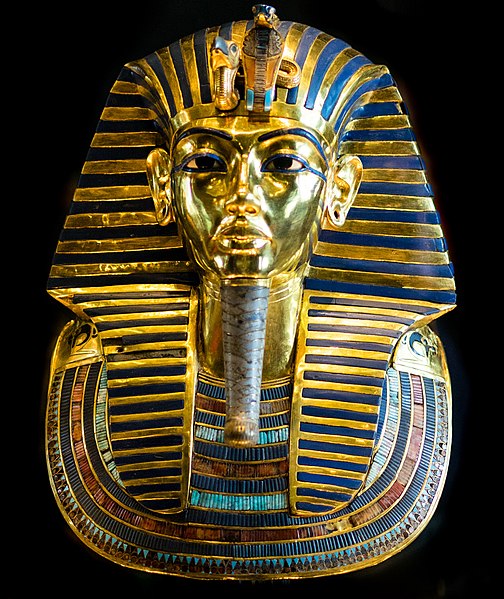
Tutankhamun’s military endeavors aimed to maintain Egypt’s authority in the southern territories and secure its borders. While the exact details of his military campaigns are not extensively documented, they indicate his commitment to protecting Egypt’s interests and asserting the power of the pharaoh.
9. Restored the prestige of the Egyptian monarchy
Tutankhamun took deliberate steps to restore the prestige and power of the Egyptian monarchy. He emphasized his connection to his illustrious ancestors, particularly Amenhotep III, through various means.
Tutankhamun associated himself with their monuments, symbols, and regal titles, highlighting the continuity of the pharaoh’s divine lineage.
By reaffirming his connection to the past, Tutankhamun aimed to reinforce the authority of the pharaoh, consolidate his reign, and maintain the stability of the kingdom.
10. His tomb’s discovery sparked global interest in ancient Egypt
Tutankhamun’s greatest accomplishment lies in the historical significance attached to the discovery of his tomb. British archaeologist Howard Carter unearthed Tutankhamun’s tomb in 1922, revealing a vast treasure trove of artifacts and offering a unique window into ancient Egyptian culture, religion, and burial practices.
The discovery of the tomb and its subsequent excavation captivated the world, generating immense interest and fascination with ancient Egypt. The treasures found within the tomb provided valuable insights into the opulence and artistry of the pharaohs, as well as the complex rituals and beliefs surrounding death and the afterlife.
Tutankhamun’s tomb discovery remains one of the most significant archaeological finds, shaping our understanding of ancient Egypt and leaving an indelible mark on the field of Egyptology.
